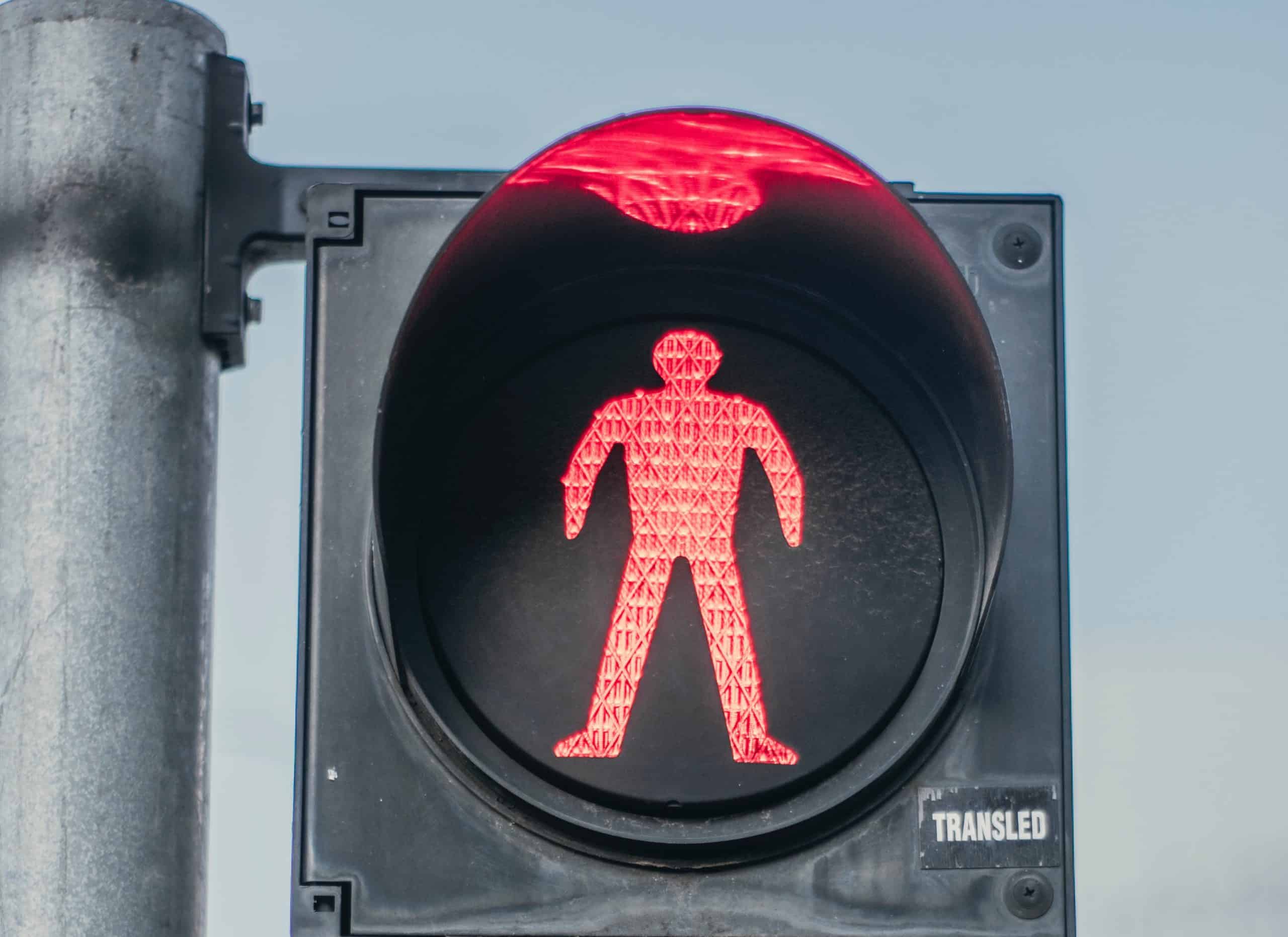
28 Mar The physical sensations of anxiety explained
My clients often ask me why anxiety affects them in particular ways. Common questions I’m asked are “why can’t I focus when I’m anxious?” , “why does my mouth go dry?” and “why do my hands shake?” So if you’ve noticed this in yourself when you feel anxious, you’re definitely not alone. While you may know that this has something to do with the fight-or-flight response, it’s not always obvious why this response produces these physical and perceptual experiences. In this post, I’ll describe the physical changes that are part of this response and how they can show to help explain why you may feel certain ways when you feel anxious.
Firstly, the basis of the anxiety response is now known as the fight-flight-freeze response. It’s a survival response that activates very quickly when we expect threat or are in the presence of threat. This was helpful for survival thousands of years ago when we lived amongst predators and needed to keep safe. The name of the response describes the behavioural urges that people can experience when threat is present or expected. It can now be activated by non-physical threats like concern about being judged or worry about work performance. Fight is the urge to approach and neutralise the threat (which is closer to what we now experience as anger); flight is the urge to avoid or escape; and freeze is the tendency for some people to feel detached or “not real” when feeling very anxious (we think this may have developed as a way to numb emotional or physical pain).
The response is driven in part by certain patterns of brain activation and changes in body chemistry – I’ll write about that in another post. In short, the body undergoes a very rapid set of physical changes to help you respond to perceived threat. Here are some of the physical and perceptual experiences you may notice when feeling anxious and how they relate to the fight-flight-freeze response:
Feeling distracted and having difficulty focusing when anxious – this is due something called attentional narrowing. It’s a byproduct of our attention being limited to only focus well on one thing at a time and the need to focus on danger when under threat. Basically, the mind focuses on the threat and how to respond to it. So there is less attention available to focus on other things when feeling anxious.
Feeling nauseous – this can happen because non-essential bodily functions are slowed down during this response. One of these is digestion. This slows down as blood is rapidly diverted from the the digestive system to the limbs to power escape. So food can sit more heavily or uncomfortably.
Butterflies in the stomach – this is partly to do with digestion slowing down. It’s also one of the physical effects of adrenaline being released, which is the body chemical that helps drive the physical changes that are part of this response.
Rapid heartbeat – this is because your heart needs to work harder to push blood out to the limbs very quickly to help escape or neutralise the threat.
Feeling short of breath – this results from your breathing rate increasing. This is helpful to absorb more oxygen so that oxygenated blood can be quickly delivered to your limbs. It also helps your body cool itself through respiration, which is necessary as it’s working harder when this response is activated.
Dry mouth or lump in the throat – this is part of digestion slowing down as noted above. Salivation is part of digestion – you’ve probably noticed your mouth produce more saliva when you see or smell food when you’re hungry. So part of digestion being temporarily slowed is salivation also pulling back. That can produce mouth and throat dryness.
Sight and sound becoming “hyper-real” – vision and hearing and become more sensitive as part of this response to help keep aware of current threat. It can also be a result of breathing faster over time, which can produce a brief, but harmless, imbalance between oxygen and carbon dioxide (CO2) in the body. This can result in brief, minor changes to our perception.
Dizziness – As the point above notes, breathing faster over time can produce an imbalance between oxygen and carbon dioxide. This can produce a feeling of dizziness.
Blurry vision, clammy hands, feeling tingly or pins and needles – Again this is from the over-breathing leading to an imbalance between oxygen and carbon dioxide. Strange as it may sound this is from having too little CO2. The body needs enough CO2 to help oxygen enter muscle tissue. If CO2 is too low, this doesn’t happen quite fast enough and these sensations can follow.
Chest pain – This can be from overbreathing causing fatigue to muscles involved in breathing. It can also be from the imbalance between oxygen and CO2.
The most important thing to remember is that these changes are generally not harmful. They ease once your body stops releasing adrenaline, which then gets broken down. The body usually breaks down adrenaline within a few minutes.
If you’d like assistance with managing how you feel, please contact us on (02) 9119 8778 or email us on reception@healthymindclinic.com.au. We provide appointments in person, by phone and by video. Rebates from Medicare and your private health fund may be available for appointments.
If you are in a mental health emergency, please contact Lifeline 13 11 14, the Mental Health Line 1800 011 511, Emergency 000 or go to your nearest hospital emergency department.

